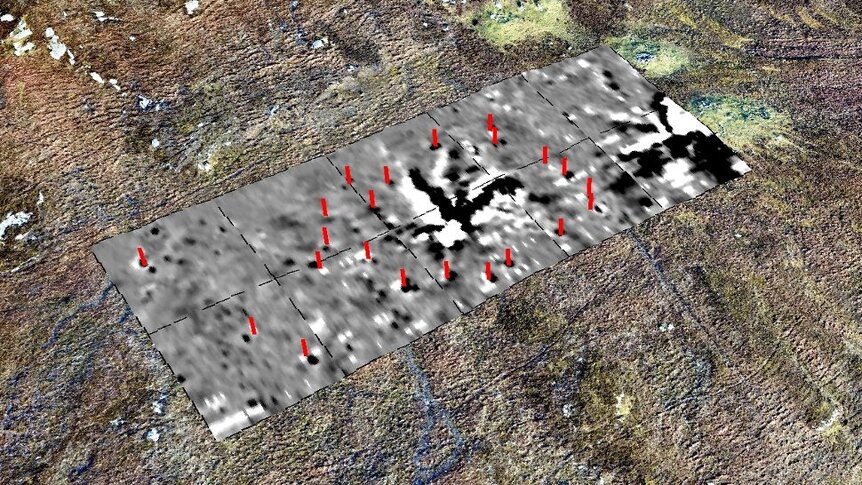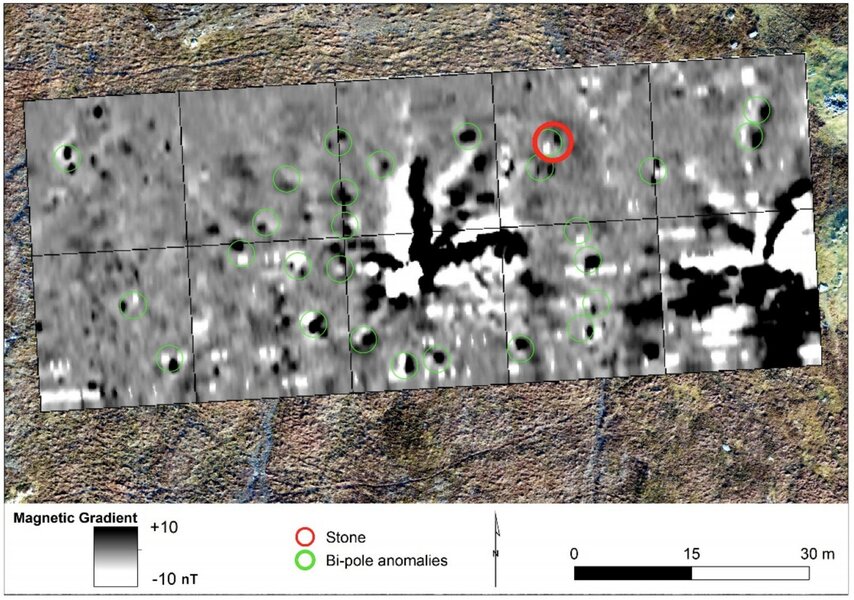Create a free profile to get unlimited access to exclusive videos, sweepstakes, and more!
Thor's hammer be damned! Scientists find megalithic lightning rod on Scottish Isle

In some electrifying news straight out of Scotland, scientists from the University of St. Andrews have discovered a Neolithic surprise in the form of remnants of an ancient megalithic rock formation seemingly designed to intentionally attract lightning bolts.
The recently published study — headed by Dr. Charles Bates at the School of Earth and Environmental Sciences, University of St. Andrews, St. Andrews, Fife, Scotland — was presented to the online scientific journal Remote Sensing.
The study described how the archaeologist and his university colleagues were searching for evidence of yet undiscovered rock circles buried under the peat-carpeted bog landscape near the iconic Standing Stones of Calanais. These dramatic prehistoric ruins in the Hebrides are often referred to as the Stonehenge of Scotland.
That famous megalithic structure was constructed 5,000 years ago on the Isle of Lewis in the Outer Hebrides island chain off the west coast of Scotland. Likely candidates for other "satellite circles" created in proximity to the main monument have been flagged in the past, but their precise locations have remained a mystery until now.
Utilizing multiple remote sensing techniques like electromagnetic surface mapping and electrical resistivity tomography, researchers at the Calanais Virtual Reconstruction Project explored what was beneath the thick peat. Their efforts exposed evidence of a single standing stone at Calanais Site XI, located on a hill overlooking the Calanais Great Circle.
Studying the data recovered, Bates and his team found that geophysical analysis of the nearby site presented evidence that the sole surviving stone was once part of a larger encircling of standing stones arranged around an X-shaped spot carrying the distinctive mark of an epic lightning strike or series of pinpoint hits. This magnetic anomaly, or magnetic gradient, appears as a huge star-shaped structure.
“This evidence is rare because lighting strikes are conducted along the top ‘skin’ of the Earth’s surface,” said study co-author Tim Raub of the University of St. Andrews in a press release. “The clarity of the strike suggests we are looking at events before the peat enveloped the site, more than 3,000 years ago."
What's most intriguing about their shocking find, and something that will continue to be investigated, is the theory that this megalithic monument could have been deliberately devised to lure lightning strikes, a phenomenon Neolithic people held in high regard due to fascination with the forces of nature.
“Whether the lightning at Site XI focused on a tree or rock which is no longer there, or the monument itself attracted strikes, is uncertain," Dr. Bates added. "However, this remarkable evidence suggests that the forces of nature could have been intimately linked with everyday life and beliefs of the early farming communities on the island.”

















